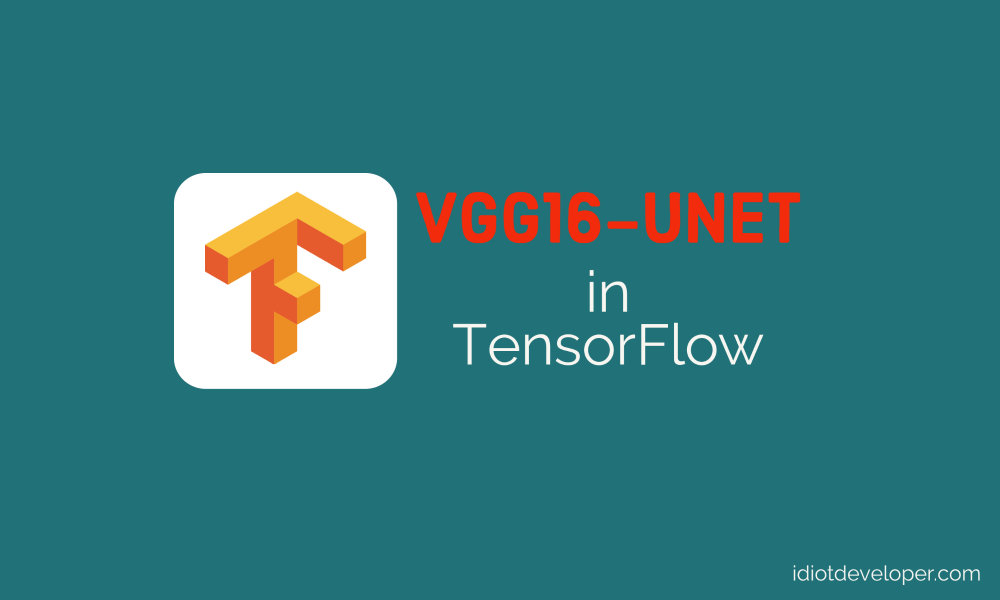In this tutorial, we are going to learn how to use deep learning to remove background from images with TensorFlow. In short, we’ll use DeepLabV3+, a semantic segmentation based model to extract the background and foreground mask from the image. We are going to use these masks to extract the Continue Reading
Computer Vision
VGG16 UNET Implementation in TensorFlow
In this article, we are going to implement the most widely used image segmentation architecture called UNET. We are going to replace the UNET encoder with the VGG16 implementation from the TensorFlow library. The UNET encoder would learn the features from scratch, while the VGG16 is already trained on the Continue Reading
Squeeze and Excitation Implementation in TensorFlow and PyTorch
The Squeeze and Excitation network is a channel-wise attention mechanism that is used to improve the overall performance of the network. In today’s article, we are going to implement the Squeeze and Excitation module in TensorFlow and PyTorch. What is Squeeze and Excitation Network? The squeeze and excitation attention mechanism Continue Reading
Squeeze and Excitation Networks
Convolutional Neural Network (CNN) has been most widely used in the field of computer vision and visual perception to solve multiple tasks such as image classification, semantic segmentation and many more. However, there is a need for approaches that can further improve its performance. One such approach is to add Continue Reading
What is Residual Network or ResNet?
Deep neural networks have become popular due to their high performance in real-world applications, such as image classification, speech recognition, machine translation and many more. Over time deep neural networks are becoming deeper and deeper to solve more complex tasks. Adding more layers to a deep neural network can improve Continue Reading
What is Transfer Learning? – A Simple Introduction.
Transfer Learning is a technique in machine learning where we reuse a pre-trained model to solve a different but related problem. It is one of the popular methods to train the deep neural network. It is generally used for image classification tasks where the amount of the dataset is small. Continue Reading
Human Image Segmentation with DeepLabV3+ in TensorFlow
In this article, you will learn to perform person segmentation with DeepLabV3+ architecture on human images. Here, we will cover the entire process of image segmentation starting from data processing to evaluation. The entire code is written in Python programming language using TensorFlow 2.5 framework. Table of Content What is Continue Reading
cv2.imwrite() – Saving Images in OpenCV Python
In our previous tutorials – cv2.imread() – Read Image using OpenCV Python and cv2.resize() – Resizing Image using OpenCV Python, we have learned to read and resize an image. We will now learn to save the array into an image file. For this, we are going to use cv2.imwrite() function Continue Reading
RESUNET Implementation in PyTorch
This tutorial focuses on implementing the image segmentation architecture called Deep Residual UNET (RESUNET) in the PyTorch framework. It’s an encoder-decoder architecture developed by Zhengxin Zhang et al. for semantic segmentation. It was initially used for road extraction from high-resolution aerial images in the field of remote sensing image analysis. Original Paper: Road Extraction Continue Reading
UNET Implementation in PyTorch
This tutorial focus on the implementation of the image segmentation architecture called UNET in the PyTorch framework. It’s a simple encoder-decoder architecture developed by Olaf Ronneberger et al. for Biomedical Image Segmentation in 2015 at the University of Freiburg, Germany. What is Image Segmentation? An image consists of multiple objects Continue Reading


